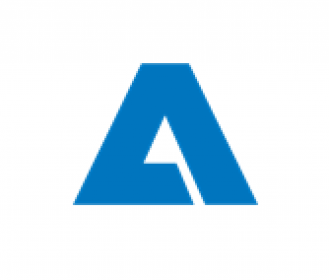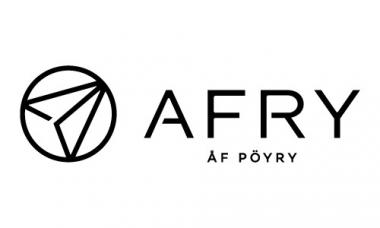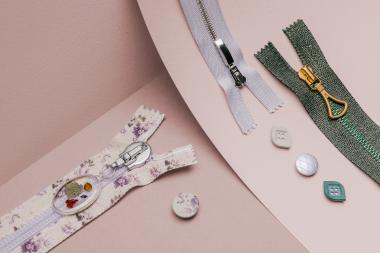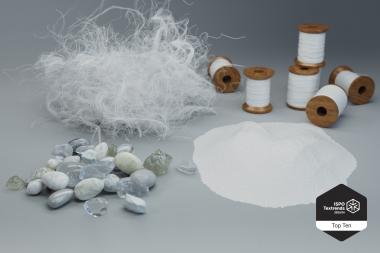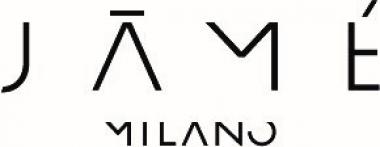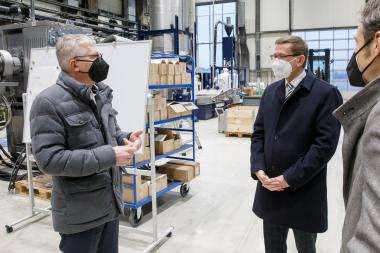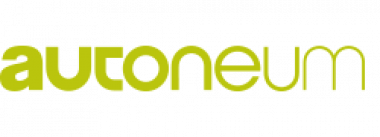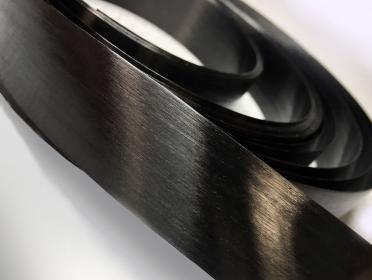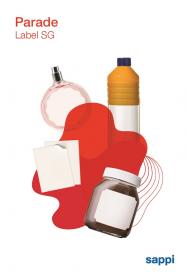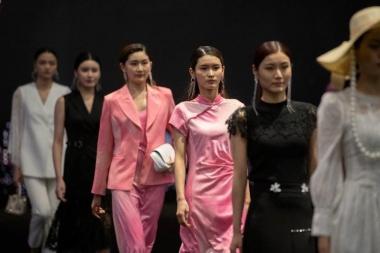ANDRITZ to supply a spunlace line to Russia
International technology group ANDRITZ has received an order from the Swiss-Russian key converter Laboratoire Naturel and the ZetTechnology group of companies, based in Kaluga, Russia, to deliver their first complete neXline spunlace line. Start-up is scheduled for the second quarter of 2022.
The high-capacity line is designed to process various types of fibers, especially polyester/viscose and cotton blends, and is dedicated to the production of high-end hygiene and cosmetic wet wipes to serve private label clients. The ANDRITZ spunlace line with its CPC design (CPC: Card – Pulp – Card) will enable to process a multilayer spunlace fabric including wood pulp as a raw material. Such a configuration will allow Laboratoire Naturel and the ZetTechnology group of companies to produce fabrics from 30 to 60 gsm. In addition, the line configuration will enable the production of bio-wipes.
Laboratoire Naturel and the ZetTechnology group of companies have been pioneers in the converting industry and manufacturing of wipes in Russia since 1996. The two companies were the first manufacturer of wipes for the Russian hygiene market. The ANDRITZ line will address the local Russian market for wipes end-uses as well as more than 20 countries in Europe and Asia.
ANDRITZ AG


